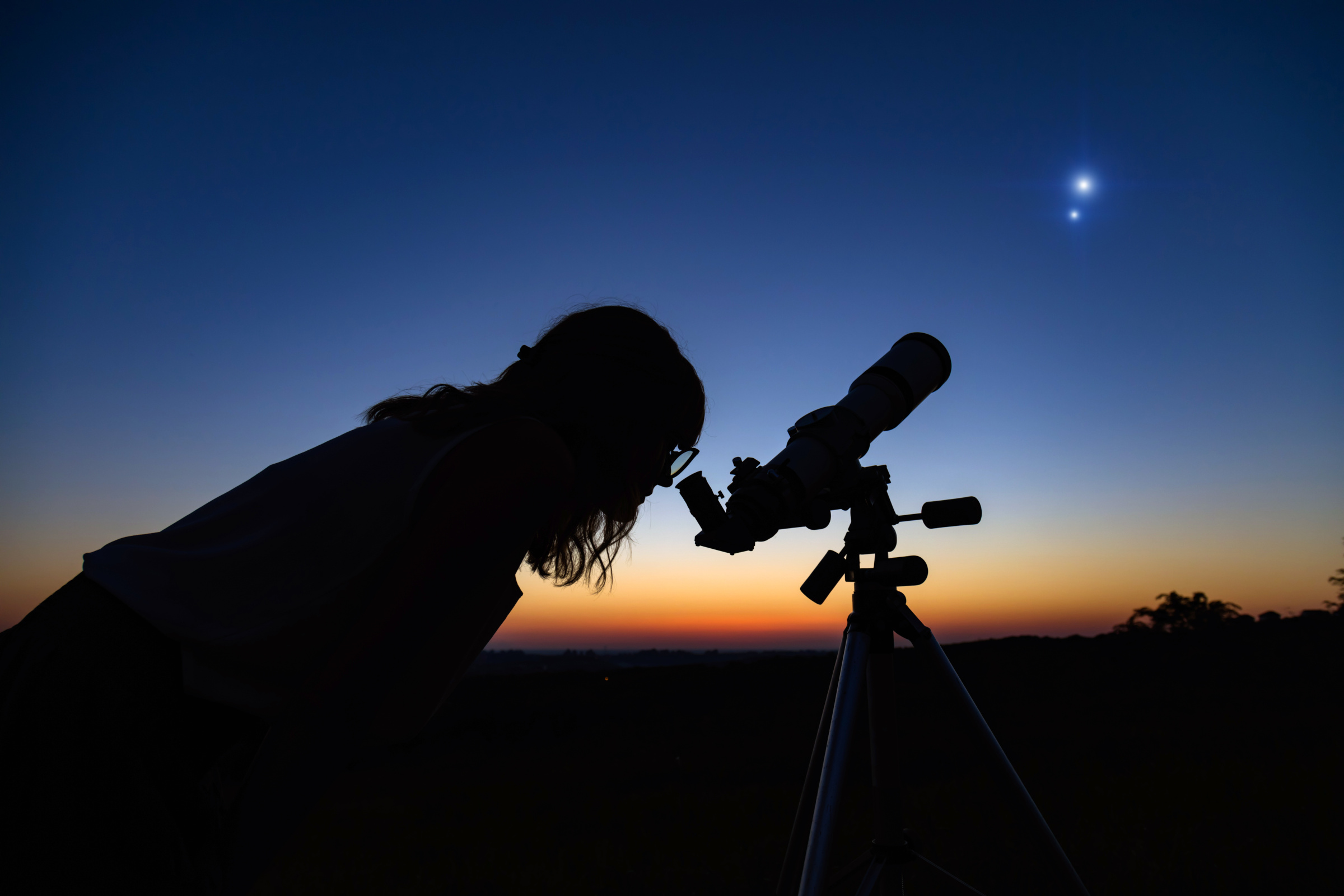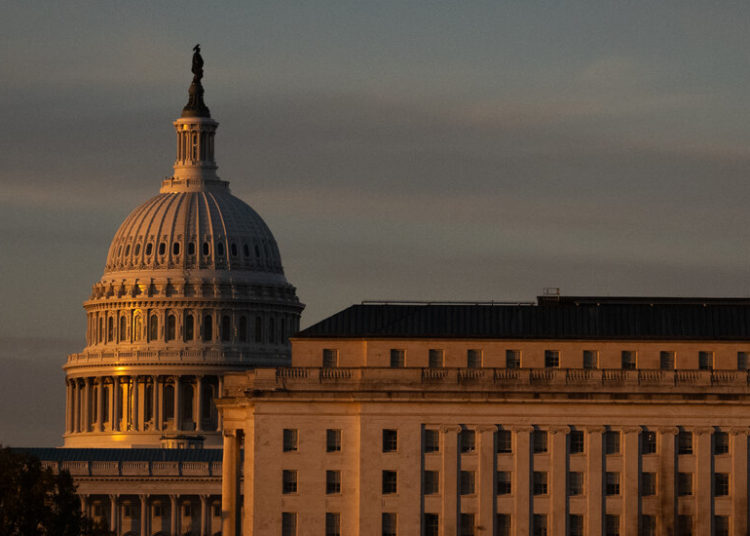Skywatchers across the northern United States might catch a rare glimpse of the aurora borealis this week, thanks to a recent solar eruption. According to the NOAA’s Space Weather Prediction Center, a coronal mass ejection (CME) has triggered a geomagnetic storm, potentially making the northern lights visible in multiple U.S. states.
The northern lights are typically confined to polar regions. However, during intense times of geomagnetic activity, the visibility of this event can extend further south. Reports indicate that the best viewing opportunities are expected on Tuesday and Wednesday nights, particularly between 10 p.m. and 2 a.m.
The NOAA forecasts we’ll hit a Kp index of 6, which means there could be moderate to strong geomagnetic conditions throughout the evening. This level of activity is very likely to lead to displays of the northern lights throughout some US states.

According to the NOAA, residents in Alaska, northeastern Montana, northern North Dakota, and northern Minnesota are among those with the highest chances of witnessing the northern lights this week.
Additionally, parts of Washington, northern Idaho, northern Wisconsin, and upper Michigan may also experience the lights, albeit with a slightly lower probability. States like Oregon, Wyoming, South Dakota, and Iowa have a lesser, yet still possible, chance of seeing the aurora.
Weather conditions will play a crucial role in visibility, of course. Cloud cover and precipitation could obstruct the view in some areas. For optimal viewing, experts recommend finding a dark, elevated location away from city lights that faces northward.
You can also utilize long-exposure photography or night mode on smartphones to enhance the experience, capturing the vibrant colors even if they’re faint to the naked eye. One of the reasons we’re seeing so many instances like this where the northern lights can be seen as far south as the US states is because it is the solar maximum.
That’s a time when the sun’s activity is at its highest, which leads to more outbursts of plasma and energy from our solar system’s central star.
For real-time updates and forecasts, check out the NOAA’s Aurora Dashboard. It provides valuable information on auroral activity and visibility predictions. Staying informed can help enthusiasts make the most of this celestial event.
The post These US states could see the northern lights this week appeared first on BGR.




